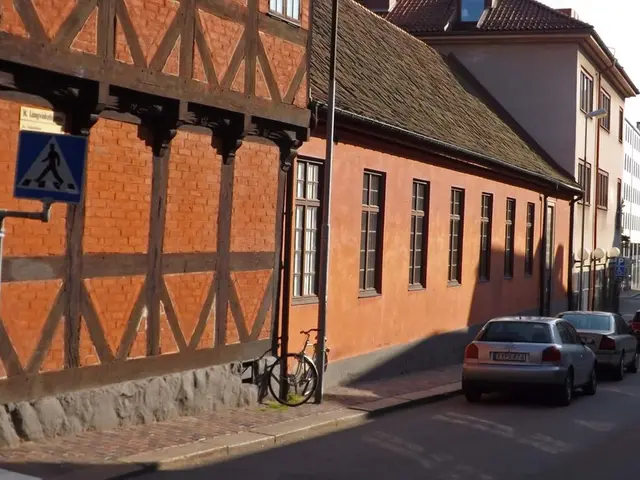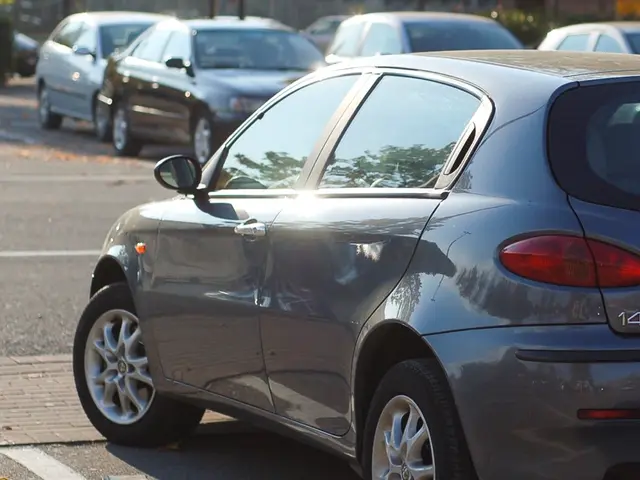EU Struggles With Mounting Used Clothing Waste, Seeks Solutions
The EU is grappling with a mounting issue: the disposal of used clothing. Germany alone contributes a million tons annually, with the trend rising. While a new EU directive aims to address this, viable alternatives remain scarce. Meanwhile, Uganda and Rwanda have taken drastic measures by banning used clothing imports.
The EU plans to reassess its 'textile waste' strategy in two years, involving manufacturers and consumers in disposal costs. However, the current directive may falter due to economic pressures and the lack of alternative solutions.
In 2019, 46 percent of used textiles from the EU were exported to Africa. This practice, while providing cheap clothing to consumers, has environmental consequences and undermines local industries. Fast fashion, with its emphasis on low-quality, quick turnover, exacerbates the problem. Containers are increasingly filled with poor-quality used clothes, destined for landfills or African markets.
The EU is exploring extended producer responsibility in the textile sector, but specific details and implementations across member states remain unclear.
The EU's struggle with used clothing disposal highlights the need for innovative solutions. While the upcoming directive aims to involve manufacturers and consumers, the success hinges on finding viable alternatives. Meanwhile, African nations like Uganda and Rwanda are taking steps to protect their industries and environments.
Read also:
- Geneva's Hunting Ban Boosts Biodiversity, but Animal Suffering Persists
- ENGIE Expands Battery Storage in Texas & California; White House Proposes Energy Assistance Cuts
- Valmiki Tiger Reserve: A Biodiversity Haven for Wildlife Enthusiasts
- Struggles of Nepal's Himalayan wildlife amidst expanding livestock populations and road networks (opinion piece)








